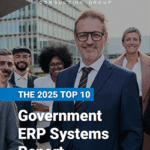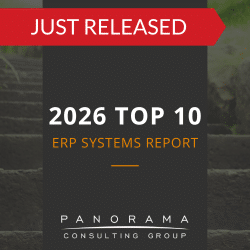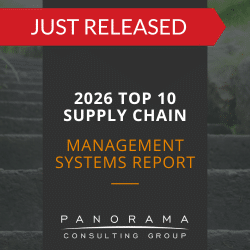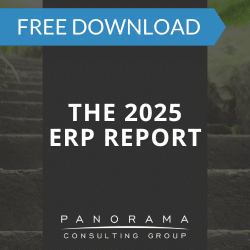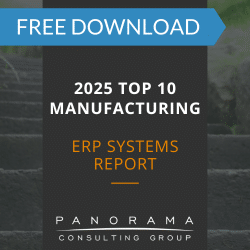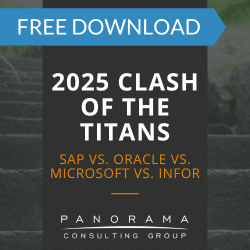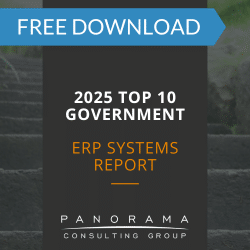You Know Your Organization Needs to Change. You Just Don’t Know How to Get Your Employees Onboard.
While there’s no getting around the fact that people fear change, you don’t have to let it affect your ERP or digital transformation initiative. An organizational change management plan can alleviate fear of change associated with new ERP software, new business processes and new expectations.
Change resistance can come from every level of your organization. Executives may resist change because they believe the new software doesn’t align with their goals and objectives. Mid-level managers may resist change because they don’t feel like their voice was heard during the ERP selection process. End-users may resist change because they don’t understand why it’s even necessary.
Once you have identified root causes, you can begin to manage the resistance. Following are four organizational change management strategies that can help employees accept change, allowing your ERP system to reach its full potential sooner rather than later:
1. Understand Objections
Many organizations overlook the importance of listening. Employees want to be heard, and they want management to understand their concerns. Organizational readiness assessments, surveys and focus groups can help identify employees’ fears. This can build a framework for a communication plan that ensures the entire organization is informed and prepared.
SAP vs. Oracle Case Study
SAP and Oracle both invest heavily in cloud technology. However, our client was skeptical about cloud scalability and unsure if the products were mature and proven.
2. Encourage Employee Engagement
By involving employees in key decisions, they will be more likely to support organizational changes. Change impact assessments can help employees understand change as it relates to them specifically. Involving process owners in business process reengineering also creates a sense of ownership.
3. Communicate Organizational Goals
Executives should directly communicate with employees about the importance of change and how it will benefit the individual as well as the organization. Executives can demonstrate tangible benefits through case studies, testimonials and pilot programs. By focusing on outcomes, you can create a desire for change.
4. Don’t Give Up
Any employee, no matter how stubborn, can become an advocate for change. Don’t lose hope for these folks. Instead, focus on converting the strongest, loudest dissenters so they can use their energy for good.
Managing resistance to change goes well beyond traditional methods of sending a memo and hoping for the best. The most effective organizational change management strategies require extensive planning. A comprehensive plan is essential for identifying and addressing employee concerns, and ultimately, creating a desire for change.


